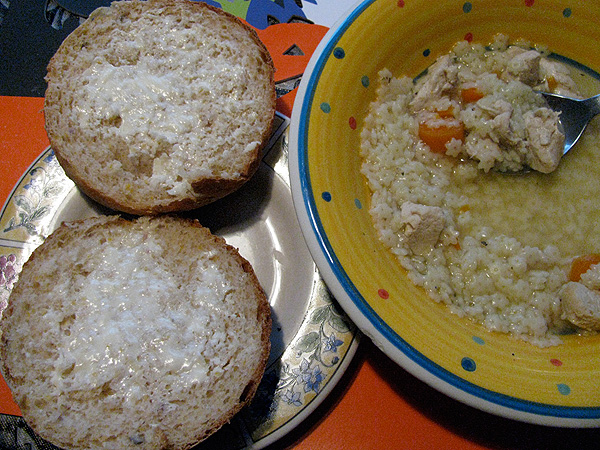Ricotta Ravioli "from the old country"
We always have some Italian dishes during our holidays. Whether it is Thanksgiving, Christmas Eve or Easter, there is always ravioli on our table as a first dish. We would set up an assembly line with all of us pitching in to make hundreds of them before Thanksgiving so that we could have them for Christmas also. They freeze very well, but don’t ever defrost them before cooking them, just put them into a large amount of salted boiling water directly from the freezer.
- Log in or register to post comments
- 11 comments
- View post
- turosdolci's Blog

